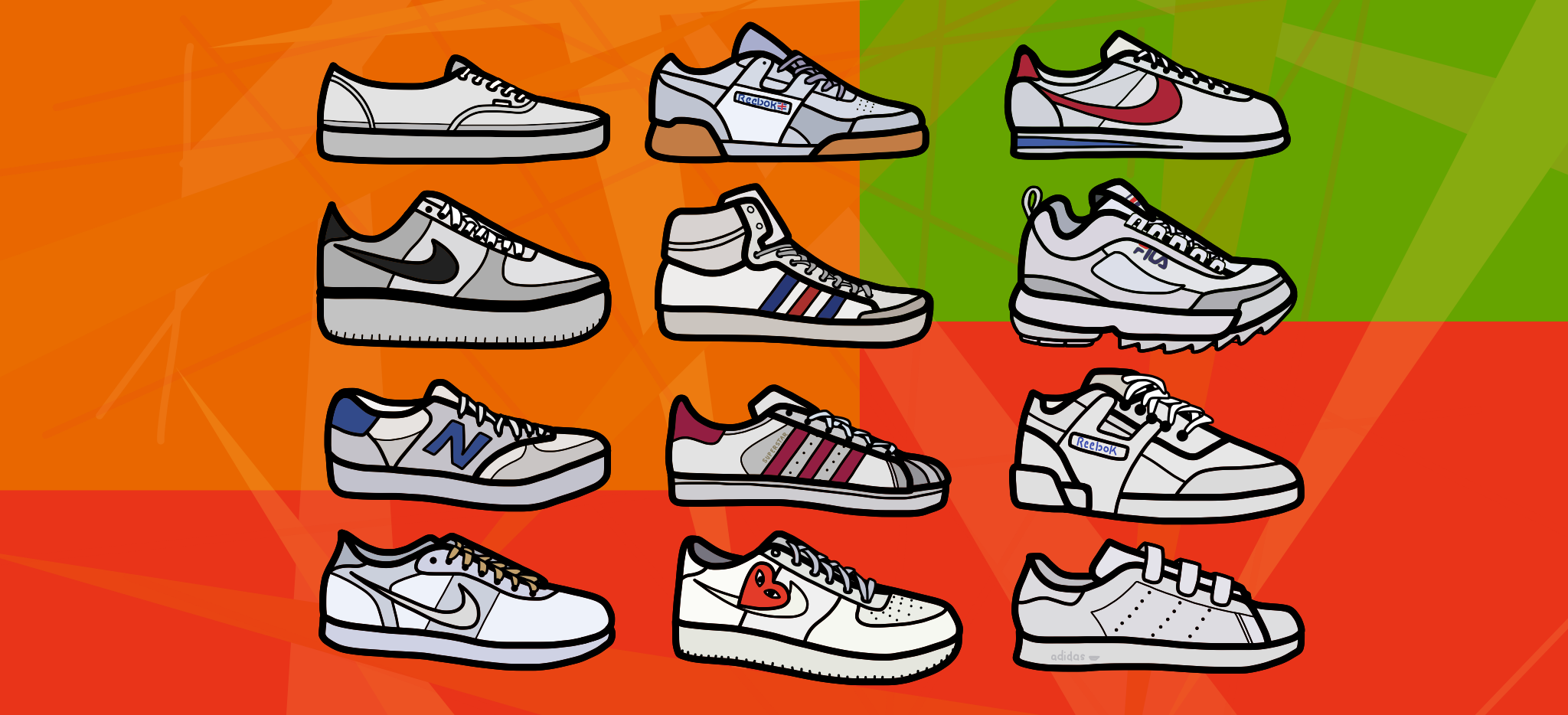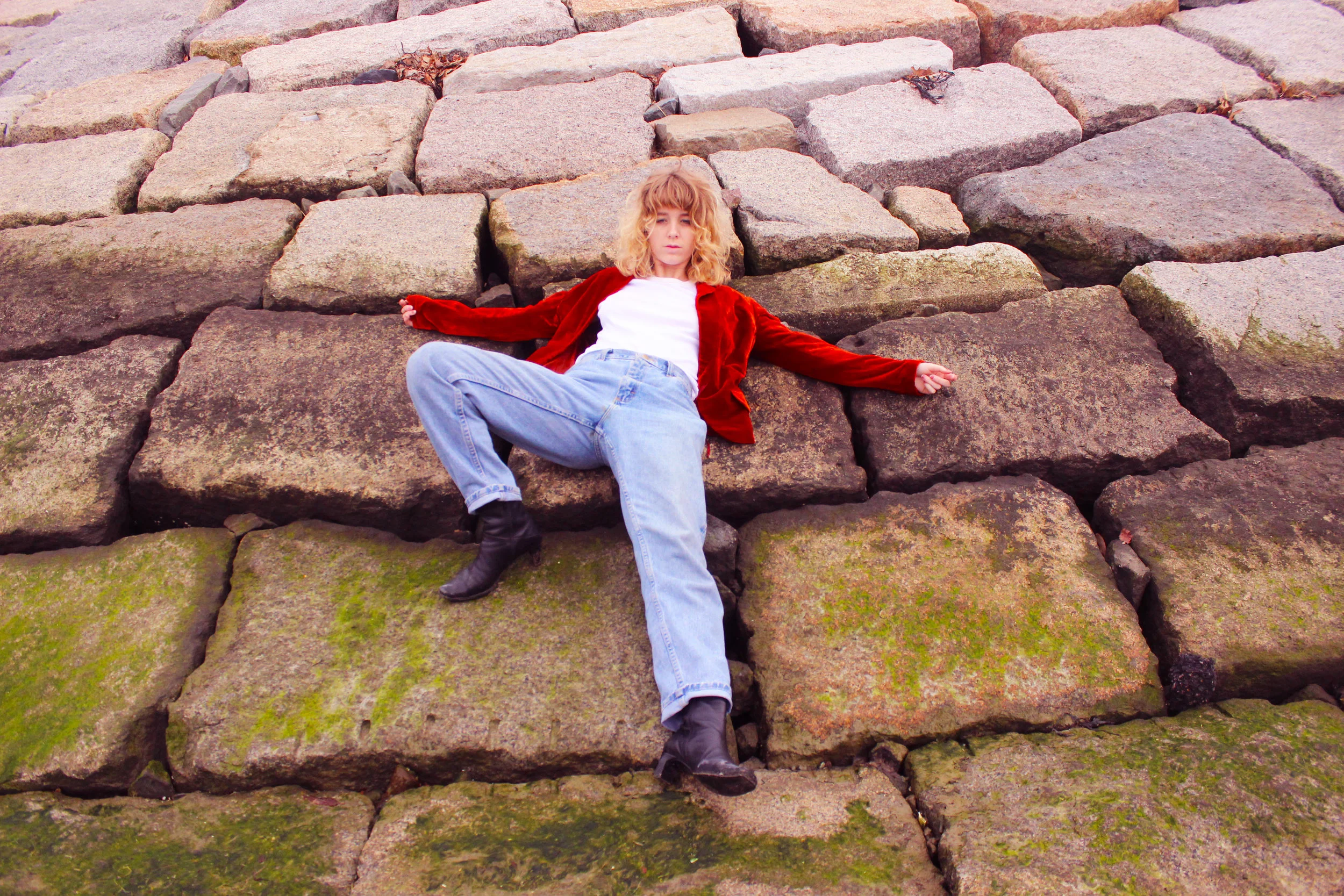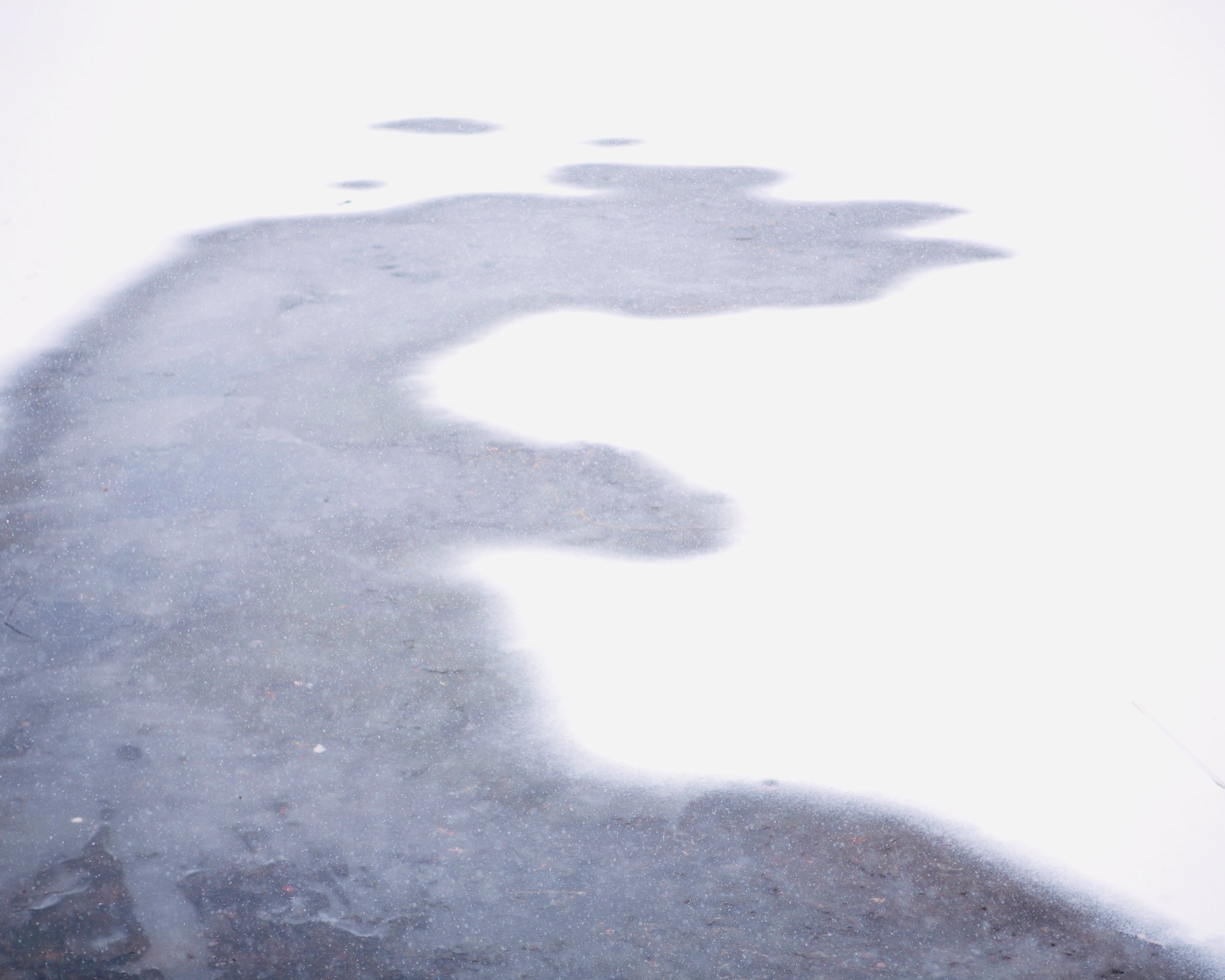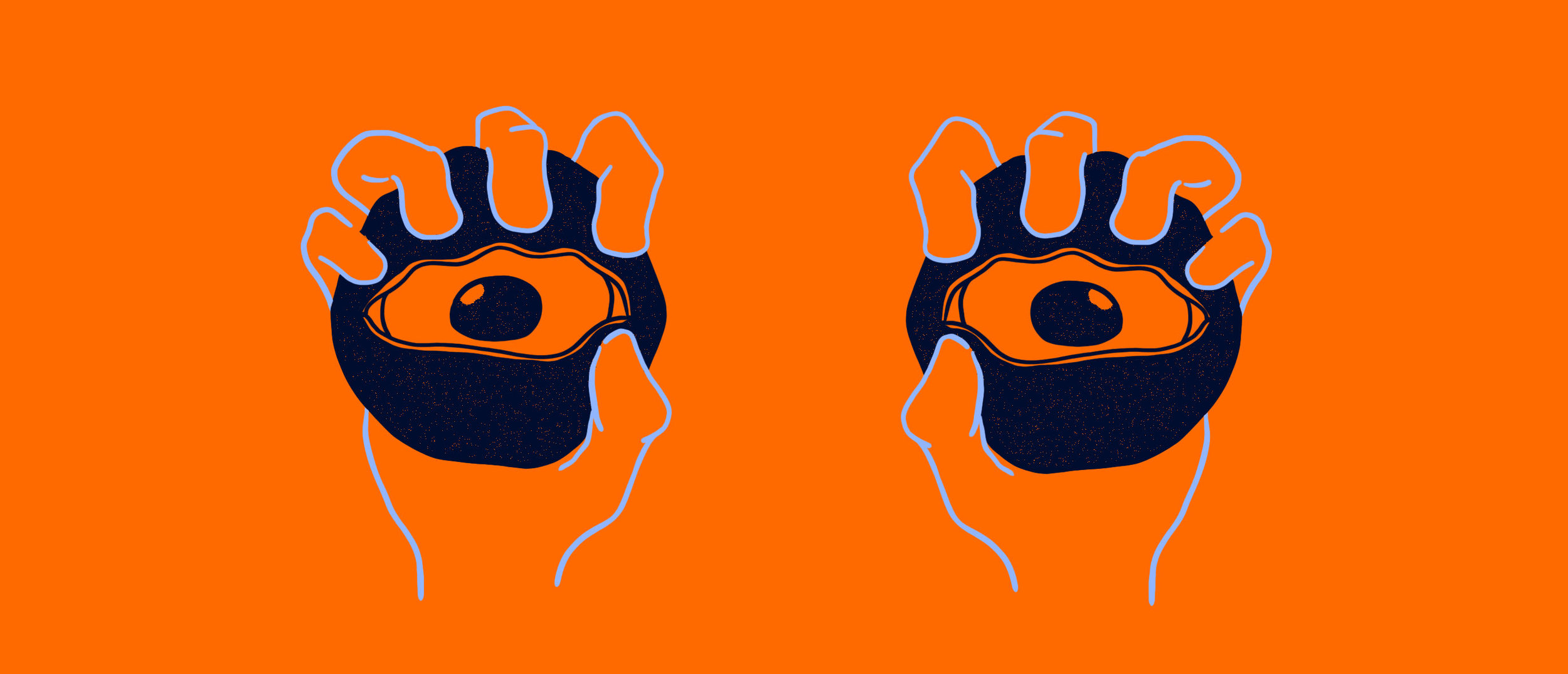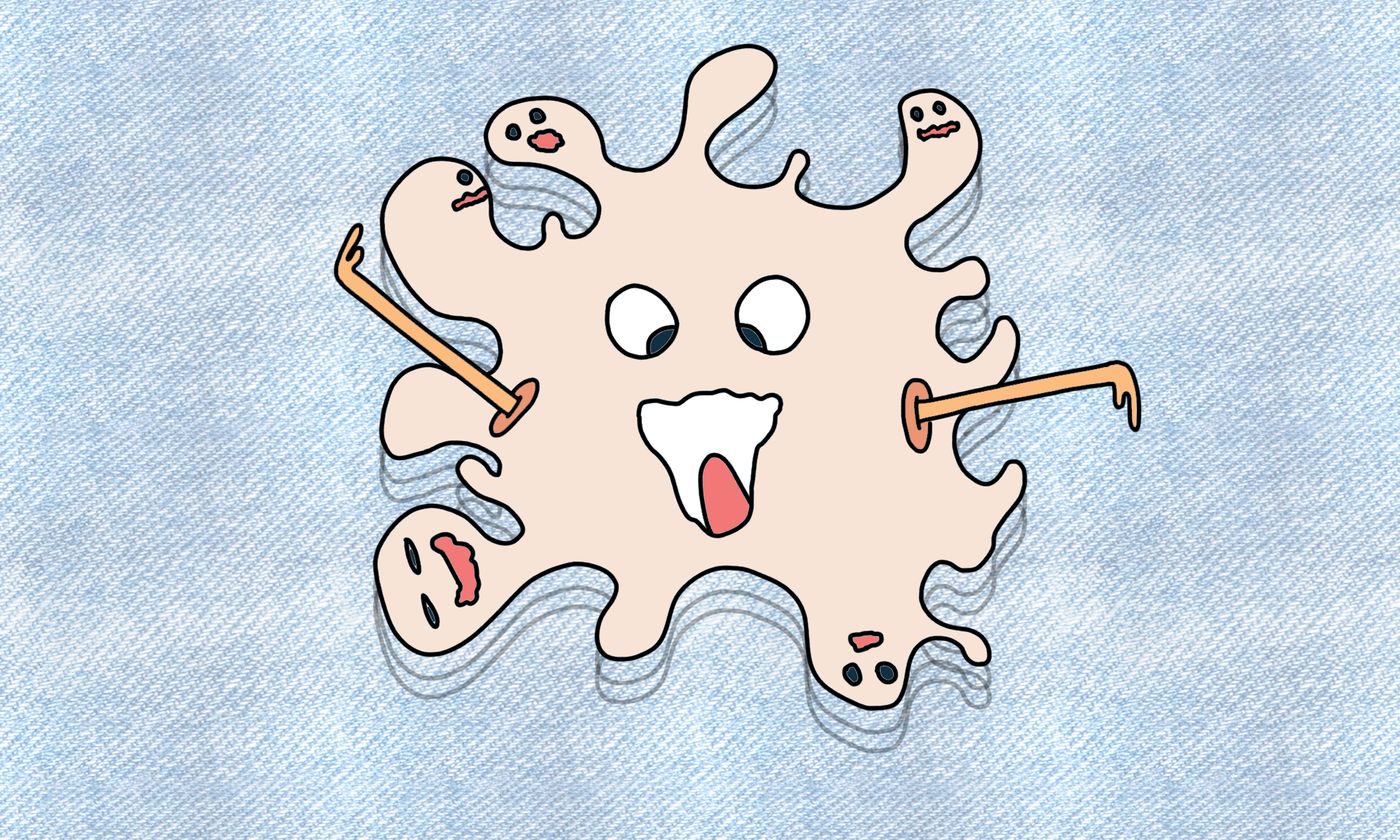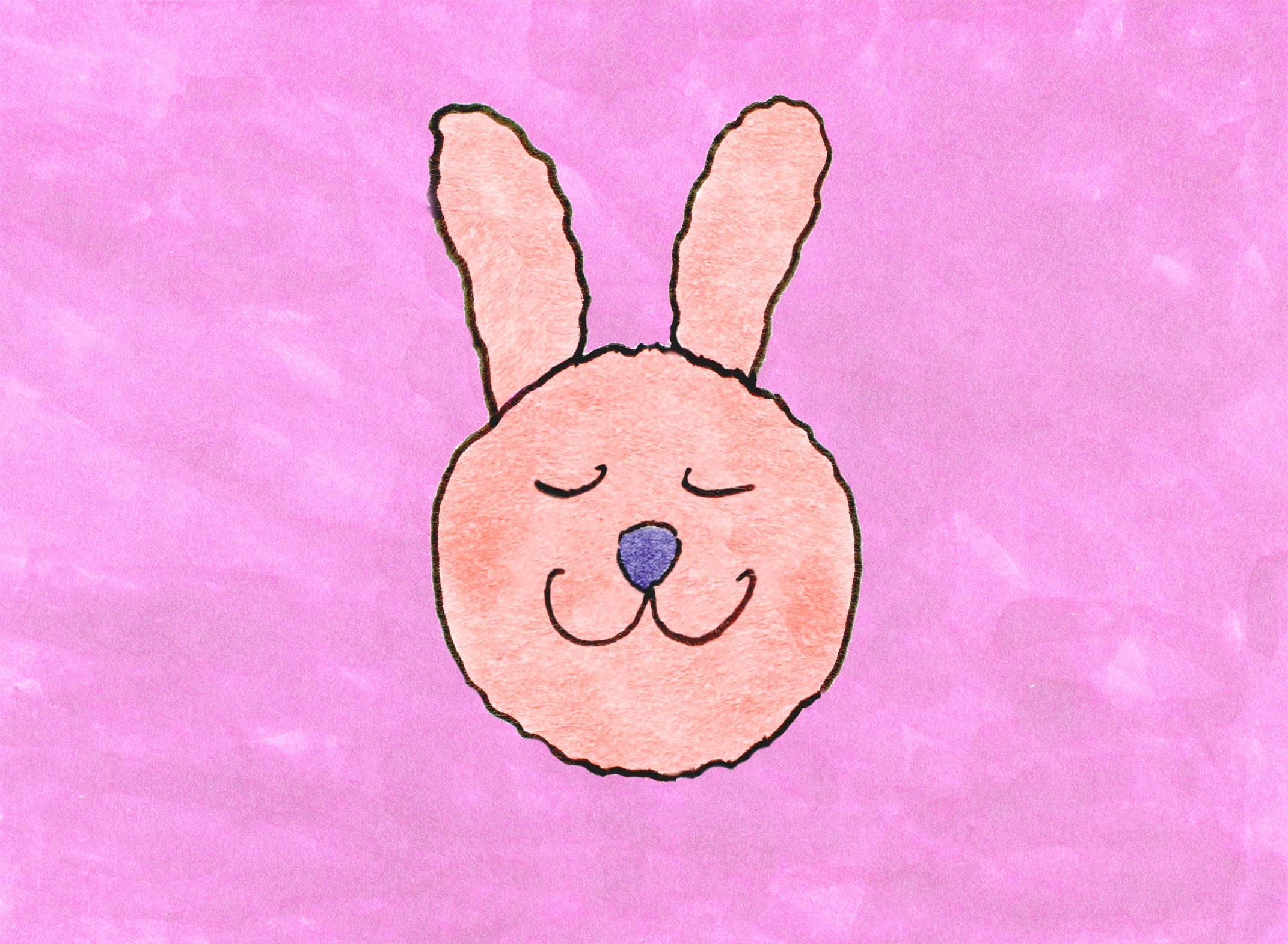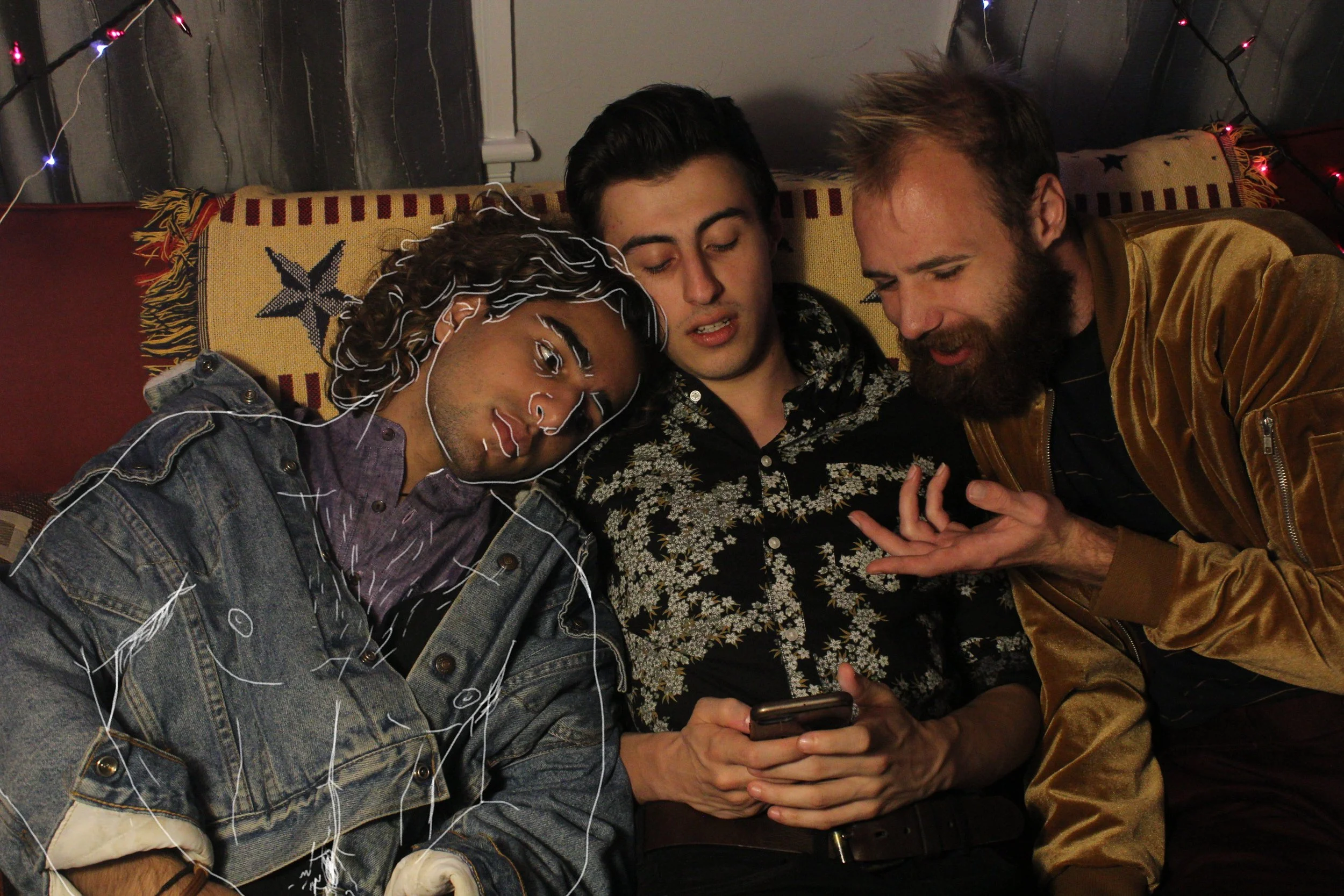by Georgia Moore
As online reviews of Maïmouna Doucouré’s Netflix original Cuties are amassing, it is remarkable to witness the irony of critique swelling precisely around the themes the film attempts to bring to light through a critical lens. The majority of those commenting admit to having not even seen the film; rather, they viewed a poorly-executed trailer. A Twitter trend emerged to #CancelNetflix for the objectification of a group of 11-year-old French girls who train for a dance competition that involves “scandalous” hip and butt giration. The hashtag has a dual, coinciding meaning, calling those to join in the social phenomenon of cancel culture, as well as the termination of their Netflix subscriptions.
The small movement is seemingly successful, as “disconnects were running at nearly 8x the daily levels observed in August,” according to Yahoo!Finance. 1 The girls in this film, much like in real life, are scandalized, yes. However, with the exception of a few dicey stylistic choices here and there (up close shots of the children’s butts in sparkly spandex, for example), I don’t believe all this panic is warranted. Instead, I believe it to be extremely misdirected.
One particular comment, in Tweet format, from the U.S. Democratic Representative Tusli Gabbard, set the discussion ablaze: “.@netflix child porn “Cuties” will certainly whet the appetite of pedophiles & help fuel the child sex trafficking trade. 1 in 4 victims of trafficking are children. It happened to my friend’s 13 year old daughter. Netflix, you are now complicit. #CancelNetflix.” 2
My point is not to ignore the very real, devastatingly violent way girls and women continue to be brutalized. Violence against women and girls, including sex trafficking, is deeply prevalent across the world. In Massachusetts, “the attorney general alone has prosecuted more than 50 people for trafficking at massage parlors, hotels, and brothels,” according to the Boston Globe. 3 Young people, especially young girls, are reminded of their vulnerability to exploitation and violence through constant indicators of their potential victimhood. Dress codes (the three finger rule for straps), reminders not to walk alone, and billboards with public service announcements confronting Intimate Partner Violence both raise awareness and instill fear.
But I ask, is picking a fight with Netflix the most effective route when tackling this issue? (If we are to demand a platform is shut down for being complicit in the actions Gabbard mentioned in her Tweet, we should probably start with Pornhub, a site notorious for distributing monetized content of actual child abuse and trafficking).
Ultimately, everything about young girls’ bodies seems to be so escalated that there is no actual space to talk about their coming-of-age without the hysteria of oversexualization. How did the message behind Cuties instantly become about pedophiles’ behavior and not about the girls in the film themselves? There isn’t a “socially appropriate” way to talk about the objectification girls face from a very young age, but there needs to be a dialogue for these issues specifically, especially in mass media, where outreach is generous and influential.
The sexual exploitation of girls is ubiquitous, and even seemingly mundane sites that are marketed to this demographic can be “read” as pornographic, where vlogs of young girls shopping for bras may suffice as explicit or exploitative content to some. An article in the New York Times shed light on pedophilia in the digital age, stating: “predators were using the comment section of YouTube videos with children to guide other pedophiles,” after a video of two 10-year-old girls in bikinis amassed a suspicious amount of views and created a warranted panic about Internet algorithms. 4
Young girls are being sexualized and pornified no matter what they do — if they are in a movie that’s trying to examine their victimization, if they shop for bras, if they wear tank tops to school, if they walk after dark — and in a weird twist, they are also blamed for it. It’s time to talk about how there are no safe venues for girls to experiment with sexuality, and we must address this issue because said practice of providing no safe forum creates further trauma. It should not be “taboo” to analyze girls’ exploitation, but a difficult yet completely necessary conversation.
We should be uncomfortable watching a movie like Cuties. But we should not dismiss it as child pornography when Doucouré aims to condemn exactly that. Her film conveys very real examples of the ways young girls face exploitation as a way of raising awareness and creating a dialogue about the issue at hand. A response that demands the film’s instant removal from the public eye creates a false consciousness for girls who did experiment and are experimenting with sexuality at a young age, particularly when it comes to clothes and “risqué” media (like popular or “scandalous” dancing trends).
I knew girls like this. It’s not like they don’t exist. Their stories are just as valid as any other. I certainly took risks like this when I was young, as I was conditioned to! It’s interesting to see so many folks write off experiences like these as pedophilic when so many mass media outlets promote and engage in content that is actually exploitative, unlike Doucouré’s film. (It is also important to note that these same media outlets have no problem depicting young boys’ coming-of-age and sexuality).
Few people seem to support Cuties as an accurate representation of some girls’ realities, but those who do support the film — be it through Twitter, YouTube, or the press — call out the hypocrisy and irony of the hysteria surrounding it. One sex educator, Rukiat, took to her YouTube channel in a video titled: “CUTIES was brilliant. Here’s why,” to explore some of the key themes comprising the criticisms of Doucouré’s film. Rukiat states: “When you enforce purity culture onto young girls and you suppress their sexuality, that curiosity within them is left unnurtured.” 5 Her argument exposes what the Cuties outrage perpetuates. The reaction to Cuties further propagates the sentiment: just when someone starts to talk about girls’ sexuality, they get shut down, instantly written off as “taboo.”
Overall, it seems there are two things happening in opposition: the notion that Cuties as a critique of the sexualization of girls is actually reinforcing the sexualization of girls, and also, that there is no way to have a conversation without being accused of pornifying girls. Whether or not Cuties is a masterpiece or a flunk, Doucouré is sending us a plea to open up the conversation surrounding the plight young girls must endure as they come into their own sexuality while simultaneously being exploited every which way.
Therefore, it is imperative that we view Cuties as a worthy indictment of a very serious issue in our society — an issue that has a chance of dissipating, but only if it is openly talked about first.
ENDNOTES
1 Canal, Alexandra. “Netflix Cancellations Surge ‘Materially’ in the Wake of ‘Cuties’ Controversy, Data Shows.” Yahoo! Finance, Yahoo!, 19 Sept. 2020, finance.yahoo.com/news/netflix-cancellations-surge-following-cuties-controversy-data-hows-114312558.html?guccounter=1.
2 Gabbard, Tulsi (@TulsiGabbard). “.@netflix child porn "Cuties" will certainly whet the appetite of pedophiles & help fuel the child sex trafficking trade. 1 in 4 victims of trafficking are children. It happened to my friend's 13 year old daughter. Netflix, you are now complicit. #CancelNetflix.” 11 Sept. 2020, 9:09PM. Tweet.
3 Ebbert, Stephanie. “Sex Trafficking Is in Plain Sight in Massachusetts Communities.” BostonGlobe.com, The Boston Globe, 9 Mar. 2019, www.bostonglobe.com/metro/2019/03/09/mass-authorities-face-steep-hurdles-shutting-down-sex-trafficking/yFW40bBEEN9QtuIHaqTrmM/story.html.
4 Fisher, Max, and Amanda Taub. “On YouTube's Digital Playground, an Open Gate for Pedophiles.” The New York Times, The New York Times, 3 June 2019, www.nytimes.com/2019/06/03/world/americas/youtube-pedophiles.html.
5 RUKIAT. “CUTIES was brilliant. Here’s why.” Youtube. 30 Sept 2020, https://www.youtube.com/watch?v=BAssHJmKNDg.


